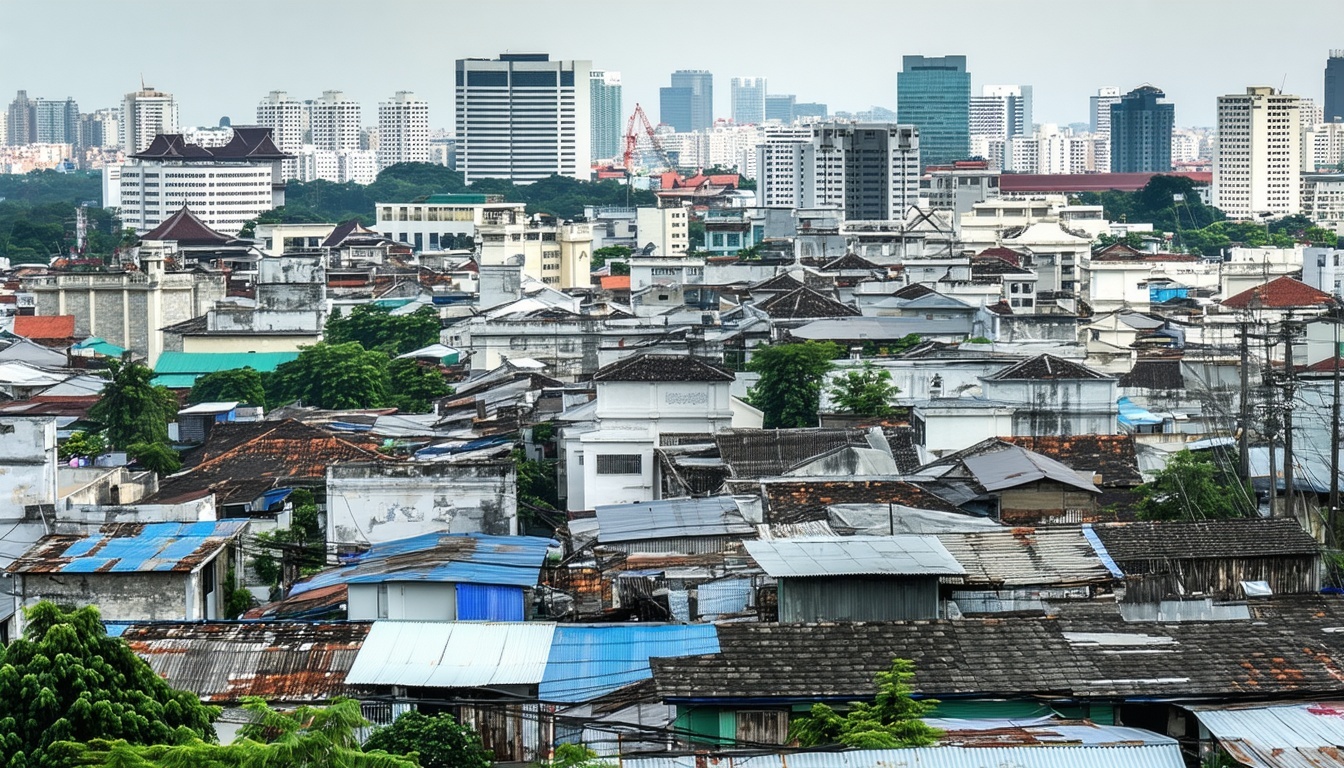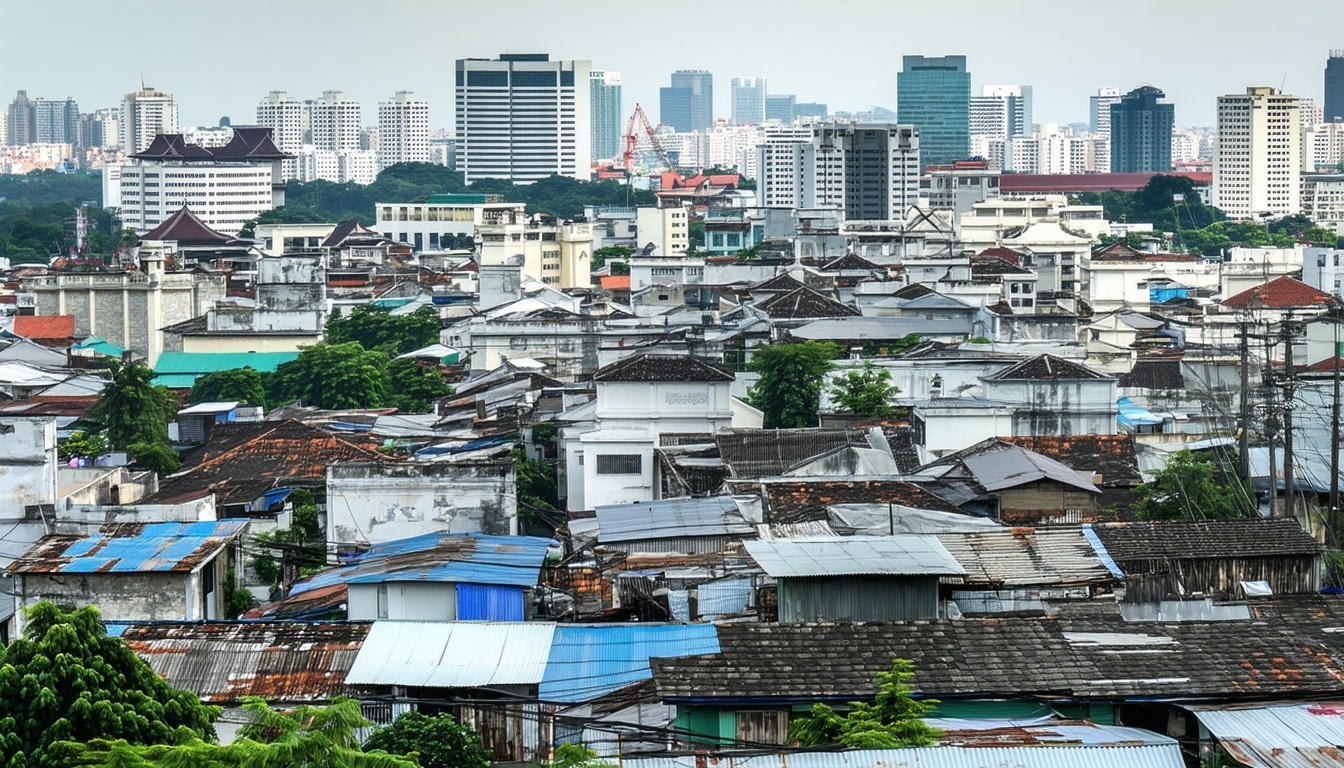
The New Global Consumer: The Biggest Socio-Economic Shift Of The Next 10 Years

Discover how the global middle class is reshaping economies and driving demand over the next decade.
The Unstoppable Momentum of the Global Middle Class
The expansion of the global middle class is a phenomenon that has been occurring with remarkable consistency. Each passing decade has seen a significant influx of individuals crossing into the middle-class bracket, despite various economic shocks such as the COVID-19 pandemic and the financial crisis. According to the World Data Lab, the middle-class population is projected to rise from 4.1 billion today to just over 5 billion by 2035.
This growth is not just a statistical anomaly but a testament to the resilience and adaptability of global economies. As middle-class momentum continues, it is crucial to understand its implications for future consumer demand and economic stability.
Key Drivers Behind Middle-Class Growth
Several factors contribute to the unwavering growth of the middle class. Economic development in emerging markets, urbanization, and increased access to education and technology are significant drivers. For instance, the proliferation of internet access, which costs an average of $6 per day in PPP terms, has democratized information and opportunities, leading to improved economic outcomes for many.
Moreover, the rising availability of financial services, such as credit cards and access to finance, priced at $25 and $5 per day respectively, further empowers individuals to move up the economic ladder. These elements combined create a conducive environment for sustained middle-class expansion.
Southeast Asia: The New Epicenter of Middle-Class Expansion
Southeast Asia is poised to become the new epicenter of middle-class expansion. Cities like Jakarta, Manila, Ho Chi Minh City, Bangkok, and Kuala Lumpur are projected to rank among the world’s largest middle-class centers by 2035. This region's economic dynamism and youthful population make it a focal point for future consumer demand.
The ASEAN cities' global importance is underscored by their rapid growth. For instance, Jakarta is expected to see its middle-class population soar from 24 million in 2025 to 32 million by 2035. This shift highlights the region's pivotal role in driving the next wave of global economic growth.
Generational Dynamics: How Different Cohorts Influence Spending
Generational shifts are pivotal in understanding consumer spending patterns. Generation Z, already the largest cohort by headcount, is set to become the most influential generation in terms of consumer behavior. Meanwhile, Generation X will dominate spending until 2030, after which Millennials are expected to take the lead in many markets.
By 2030, Gen Z will be the first generation where consumer spending is not dominated by the Global West, highlighting a significant shift in economic power. Businesses must adapt to these generational dynamics to align their strategies with evolving consumer preferences.
Implications for Businesses and Policymakers
The rise of the global middle class presents both opportunities and challenges for businesses and policymakers. Understanding where new consumers live and how their preferences differ by generation is crucial for developing products and services that meet their needs.
For policymakers, promoting inclusive growth strategies that harness the potential of this expanding demographic can drive economic development. Businesses, on the other hand, need to innovate and tailor their offerings to capture the burgeoning demand from a more affluent and diverse consumer base.


